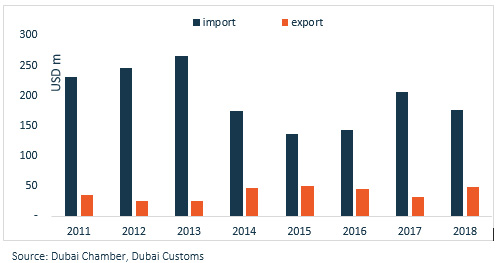Argentina has vast natural resources in energy and agriculture. Within its 2.8 million square kilometres of territory, Argentina is endowed with extraordinary fertile lands, gas and lithium reserves, and has great potential for renewable energy. It is a leading food producer with large-scale agricultural and livestock industries. In addition, Argentina has significant opportunities in some manufacturing subsectors, and innovative services in high tech industries. With a Gross Domestic Product (GDP) of approximately USD 470 billion, Argentina is one of the largest economies in Latin America.
However, the historical volatility of economic growth and the accumulation of institutional obstacles have impeded the country’s development. Urban poverty in Argentina remains high and reaches 35.4% of population.
To deal with this situation, the country has prioritised social spending through various programmes, including the Universal Child Allowance, a cash transfer programme that reaches approximately 4 million children and adolescents up to age 18, 9.3% of the population.
In 2018, Argentina was hit hard by a series of external and internal factors including a severe drought, global financial volatility in emerging markets following the Fed’s adjustment of the interest rate, and market perceptions on the pace of fiscal reforms. The country announced a program with the International Monetary Fund (IMF) worth US$57 billion, with the aim to stabilise public accounts to reach a primary fiscal balance by end of 2019.
Argentina is currently in a precarious economic balance. The Peso devalued significantly in 2019, annual inflation is over 50% and GDP has contracted by 2.5% in 2018, and another 2.5% in the first half of 2019.
https://www.worldbank.org/en/country/argentina/overview
https://www.doingbusiness.org/en/data/exploreeconomies/argentina
Dubai – Argentina non-oil Trade Value, in USD m (2011-2018)

- Dubai’s total bilateral trade with Argentina was valued at US$225.4 million for 2018, making it Dubai’s 102nd global partner.
- Dubai imports from this partner measured US$176.7 million, and consisted mainly of vegetable products, prepared foodstuff and beverages, animal products, and mineral products.
- Dubai Exports measured US$48.7 million, and consisted mainly of chemicals and allied products, machinery and electronics, in addition to smaller shipments of ceramics and glassware, optical/precision instruments, base metals, and mineral products.
-
Potential opportunities for Dubai exporters include the following:
- Ceramics: unglazed ceramic flags and paving (HS:6907).
- Copper: copper wire (HS:7408).
- Fertilizers: mineral or chemical fertilizers (HS:3105).
- Glass: float glass and surface ground or polished glass (HS:7005); carboys, bottles, flasks, jars, and other containers, of glass (HS:7010).
- Organic Chemicals: Acyclic alcohols (HS:2905).
- Plastics: polymers of ethylene (HS:3901), polymers of propylene (HS:3902).
- Rubber: new pneumatic tyres, of rubber (HS:4011).

